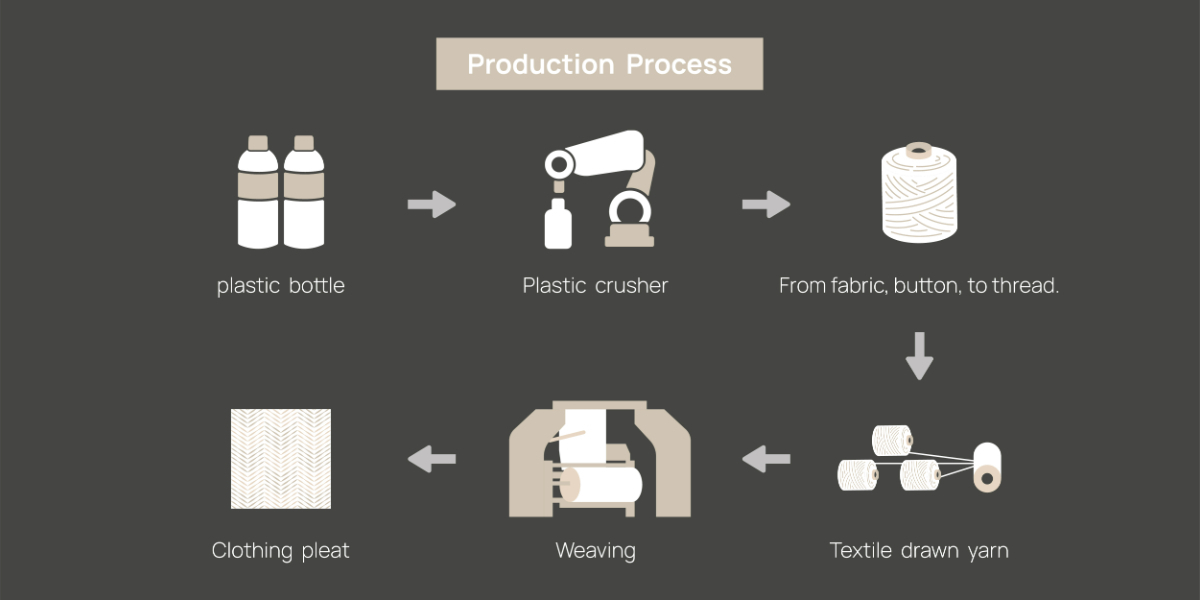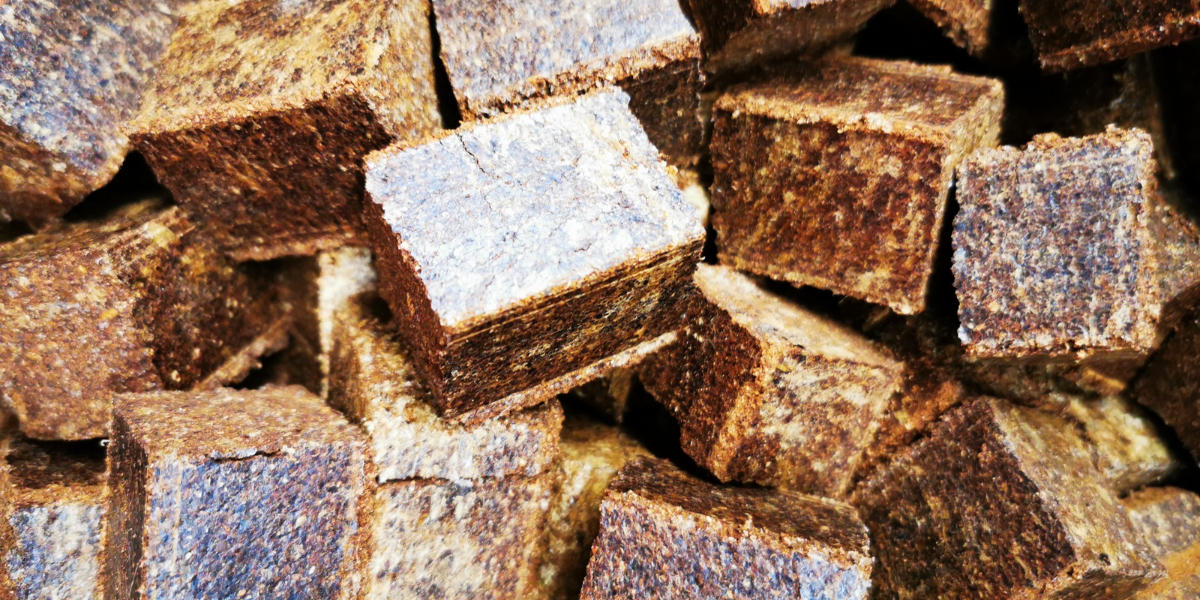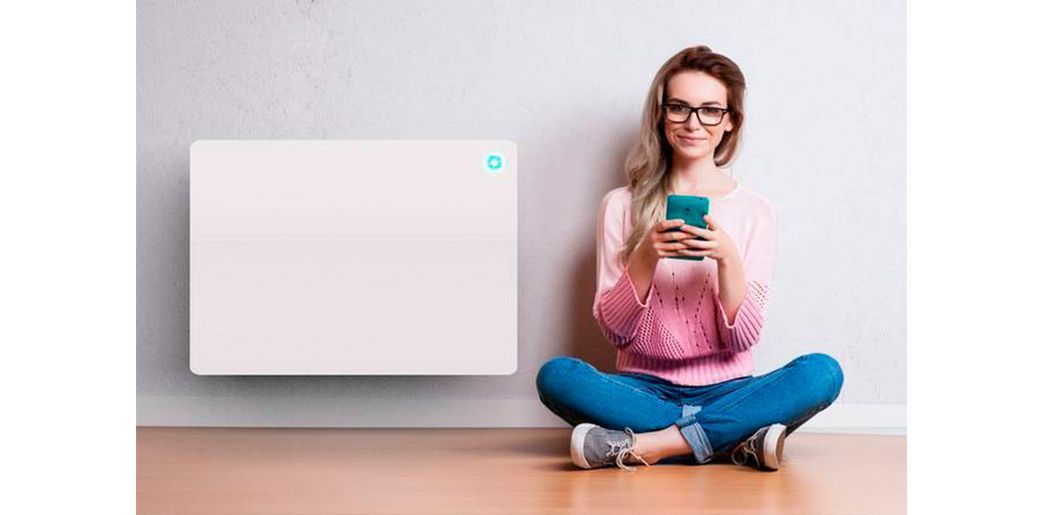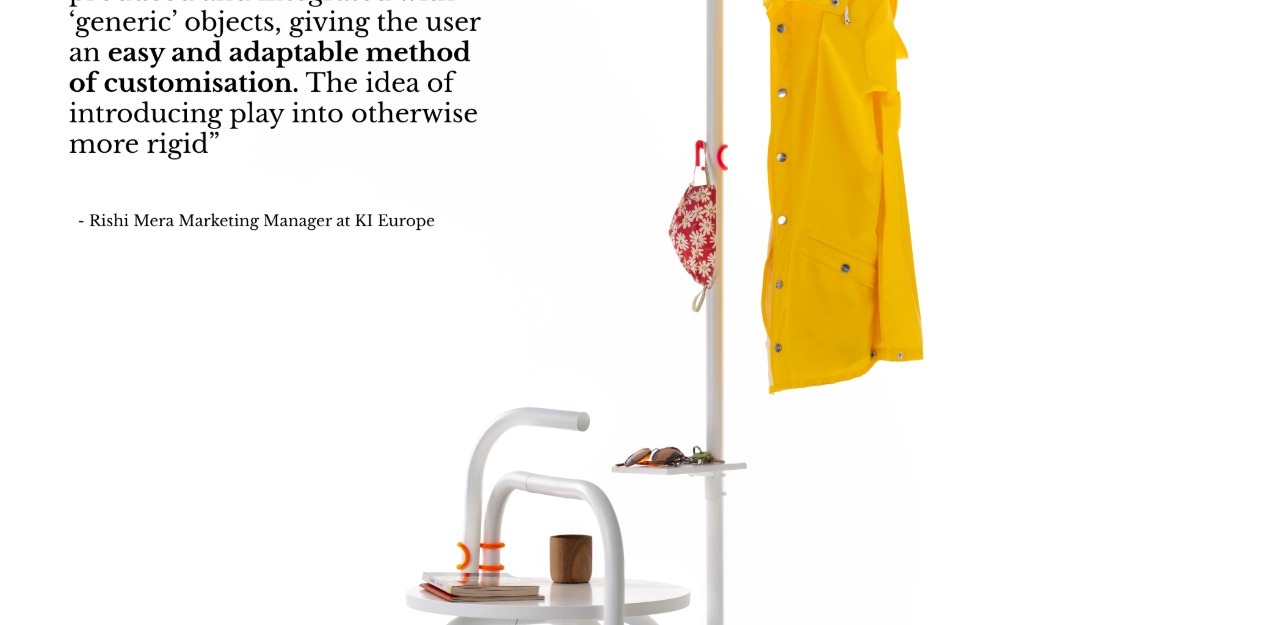AÑO
2023
CATEGORÍA
Hogar
OBJETIVOS
Producción y consumo responsables, Vida de ecosistemas terrestres
PAL. CLAVE
PET recycling, sustainability, single material, Pleated replace printing, fashion functional
PAÍS
Taiwan
CRÉDITOS
Lance Han
LINK
https://www.ifdesignasia.com/products/re-ing-re-pet-bag
PET Pleated Bag
We only use PET materials for fabric, buttons, and threads to facilitate recycling.
How does it work?
Recycled polyester fibers have higher wear resistance and durability, making them suitable for long-term use and washing. The production of the PET pleated bag is made from transparent PET bottles that have been recycled, crushed into white filaments, spun into yarn, and woven into a fabric that is then pleated to create a multi-layered texture. Although the process is cumbersome, no dyes are added, and the bags are made in the most primitive colors. In terms of both visual and material selection, the recycled PET product perfectly embodies the complex design of circular economy and showcases a minimalist aesthetic. The bag weighs only 130g and has the advantage of being softer and more flexible than fabric, making it easy to store and perfect for use as a shopping bag.
Why is it needed?
Since the advent of plastic bottles, they have become ubiquitous around the world. However, excessive production and the inability to effectively decompose them have resulted in the plastic pollution problem. As a result, it has become a global concern, and countries around the world are constantly searching for solutions to achieve sustainable design.
This PET bag is made from recycled and sorted transparent plastic bottles, which effectively addresses the harm caused by plastic bags and increases the reuse rate of plastic. Due to its commitment to sustainable design, no additional printing is done, thereby avoiding the release of toxic substances from ink during the recycling process when the PET bag re-enters the recycling system.
How does it improve life?
The global annual number of discarded PET bottles exceeds 500 billion, far exceeding the amount that is recycled, with only 7% of the total amount being recyclable. In order to practice sustainable design, we collaborate with local textile companies to turn local plastics into fabrics. Throughout the process, we adhere to the principles of simplicity and purity, avoiding printing and dyeing, and integrating the most basic and pure materials into our daily lives. This embodies the concept of a sustainable circular structure, ensuring the continuation of a sustainable cycle.







